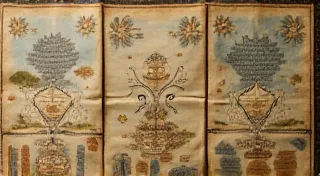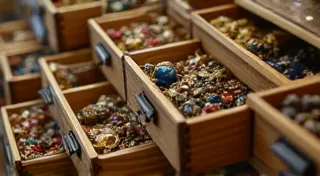The Cartographer's Ink: Using Bookmarks to Chart Literary Journeys
There’s a quiet intimacy in the act of reading, a singular communion between a reader and a story. We immerse ourselves, inhabit characters, traverse fantastical landscapes – all within the contained space of a book. And yet, that journey isn’t always linear, isn't always a seamless glide from beginning to end. Sometimes, we pause. We linger over a particularly evocative passage. We set the book down, promising to return. That’s where the humble bookmark steps in, transforming from a mere placeholder into a silent cartographer, charting our literary progress and preserving the precise moment of our departure.
My own fascination with bookmarks began not with an appreciation for their decorative value, but with the echo of a memory. My grandfather, a retired naval officer and lifelong reader, possessed a small box filled with them. They weren’t pristine, pristine collectibles – many were frayed, their colors faded by time and repeated use. But each one held a story, a whisper of the books he’s loved. I'd sit on his knee as a child, mesmerized by the sheer variety – embossed leather, delicate paper lace, gilded metal filigree. He’s explain how each one marked a significant point in a cherished read, and sometimes even gifted them to friends, a small token of shared literary experience.
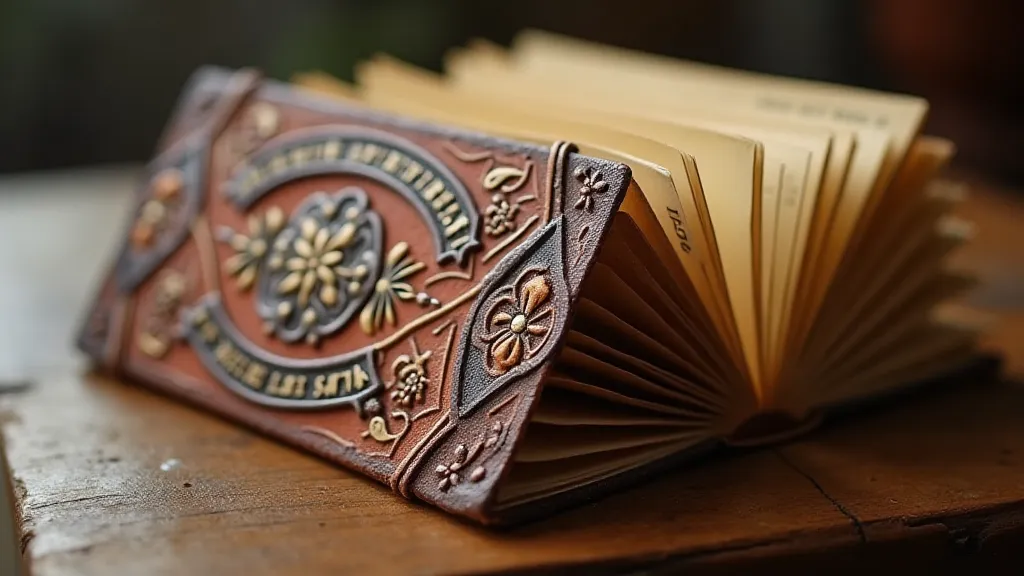
More Than a Place Holder: The History of the Bookmark
The concept of a bookmark isn’t new. In fact, the earliest forms of marking one’s place in a manuscript were far less sophisticated than the elegant trinkets we collect today. Ancient cultures used strips of cloth, dried leaves, even scraps of parchment. The Romans favored ribbons and leather thongs. As books evolved from fragile manuscripts to more readily available codices, so too did the tools used to mark one’s place. The Medieval period saw the rise of ornate silk ribbons and metal tabs, often adorned with religious symbols or heraldic crests.
The printing press revolutionized book ownership, making literature more accessible to a wider audience. This burgeoning market spurred the development of a wider range of bookmarks. The Victorian era, with its penchant for ornamentation and sentimentality, witnessed a golden age of bookmark design. Manufacturers produced bookmarks in a dizzying array of materials – velvet, satin, paper lace, embossed leather – often featuring intricate floral patterns, portraits of literary heroes, or sentimental verses. The care and attention devoted to these small objects speaks volumes about the value placed on the reading experience, a trend often reflected in the detailed records of collectors and those who meticulously document bookmark collections, offering glimpses into the evolution of this quiet ritual – you might even find inspiration for cataloging your own treasures by exploring resources dedicated to the curator’s eye.
The Accordion Bookmark: A Delicate Masterpiece
Among the vast tapestry of bookmark designs, the accordion bookmark holds a special place in my heart. These delicate creations, typically made of thin, pleated paper or parchment, offer a unique charm. Their construction requires a surprising level of skill – the precise folding, the delicate edges, the often-intricate illustrations. Each pleat is a miniature echo of the unfolding narrative, a tangible representation of the reader’s journey through the pages.
The materials used in these bookmarks further contribute to their appeal. Fine paper, often imported from Europe, imparted a luxurious feel. Hand-colored illustrations, depicting scenes from classic literature or charming pastoral landscapes, transformed these simple objects into miniature works of art. Imagine holding a bookmark depicting a snowy scene from *A Christmas Carol*, or a romantic garden from *Pride and Prejudice*. The bookmark itself becomes an artifact, a miniature portal to the world of the story.
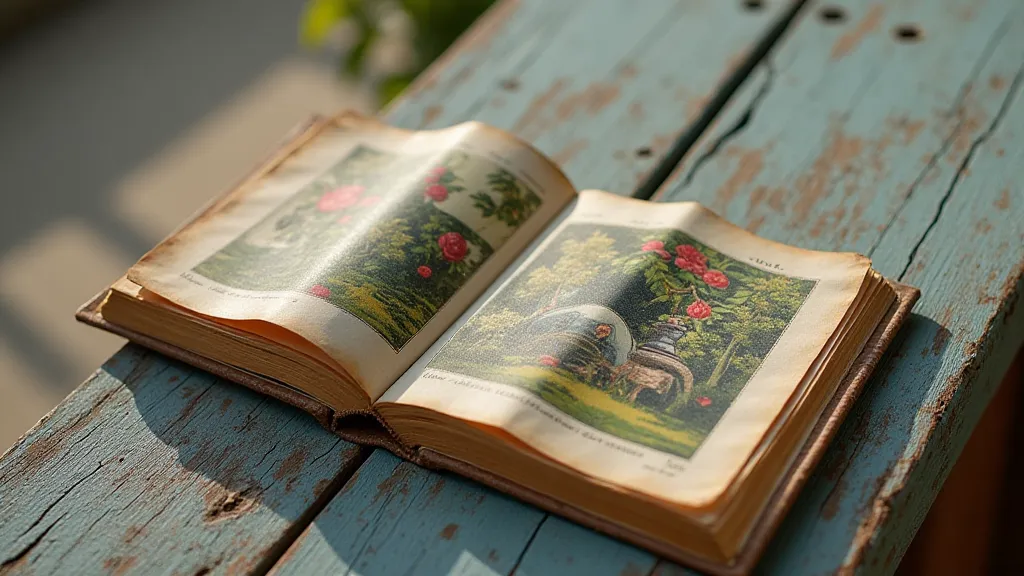
Charting Progress: Bookmarks as Literary Maps
Beyond their aesthetic appeal, vintage bookmarks offer a unique opportunity to understand how readers interacted with books in the past. A collection isn't merely a display of pretty objects; it's a window into a reader’s habits, preferences, and even their emotional connection to the stories they consumed. Consider a series of bookmarks found within a copy of *War and Peace*. Each one likely marks a significant milestone – the arrival of Prince Andrei, the fateful ball, the devastation of the French invasion. They become a personalized map of a sprawling narrative, a tangible record of a reader’s dedication to Tolstoy’s masterpiece. For those truly passionate about collecting, exploring resources on the collector’s compass can offer valuable insights into the nuances of the vintage bookmark marketplace.
I’ve often imagined the readers who held these bookmarks, lost in their own worlds, pausing to reflect on a profound observation or a heartbreaking loss. They were, in essence, leaving breadcrumbs, marking their progress and preserving a moment in time. The act of marking a page wasn't just practical; it was a deliberate acknowledgement of the power of the story and the reader's engagement with it – a habit that's gradually faded, leaving behind a treasure trove of tangible remnants.
Collecting and Preservation: Caring for Literary Treasures
For those drawn to collecting vintage bookmarks, preservation is key. These delicate artifacts are often fragile and susceptible to damage. Direct sunlight can cause fading, and moisture can cause warping and mold. Storing bookmarks in acid-free sleeves or boxes is essential for long-term preservation. Handling them with care, avoiding excessive bending or creasing, will also help to maintain their condition. The stories these bookmarks hold are precious, and protecting them is a responsibility – similar to safeguarding other cherished relics of the past.
Restoration is a tricky proposition. While minor cleaning with a soft brush can sometimes be beneficial, attempting to repair significant damage can often do more harm than good. Consulting with a professional paper conservator is the best course of action for more extensive repairs. Learning more about the history and significance of these objects is part of the joy of collecting – some might even appreciate the focus on the silent guardians, recognizing these bookmarks as relics of a fading literary ritual.
The Enduring Charm
Collecting vintage bookmarks isn't just about acquiring beautiful objects; it's about connecting with the past, about appreciating the enduring power of stories, and about honoring the readers who came before us. It’s about recognizing the quiet significance of a small, often-overlooked detail – a bookmark – that holds the key to a literary journey. Each one tells a story, not just about the book it marked, but about the reader who held it, a silent cartographer charting a course through the boundless landscapes of imagination.
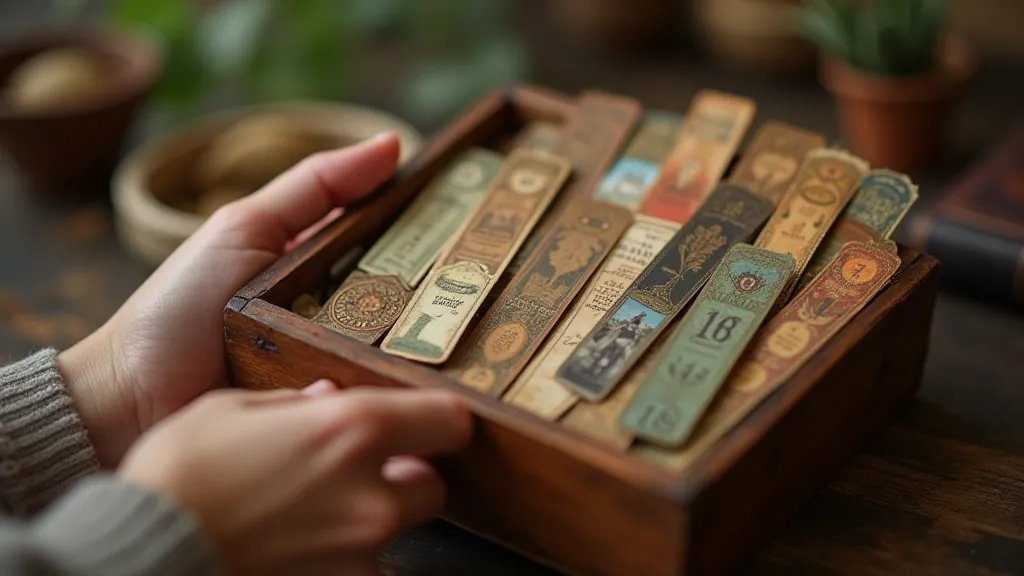
The fascination with these small tokens reflects a broader cultural reverence for literature and the act of reading – a sentiment beautifully captured in the dedication with which many collectors assemble and showcase their finds, transforming their collections into a cabinet of curiosities brimming with literary treasures. These are more than just paper and ink; they are tangible links to a bygone era, reminders of the profound impact stories have on our lives, and invitations to step into the shoes of those who came before us.


